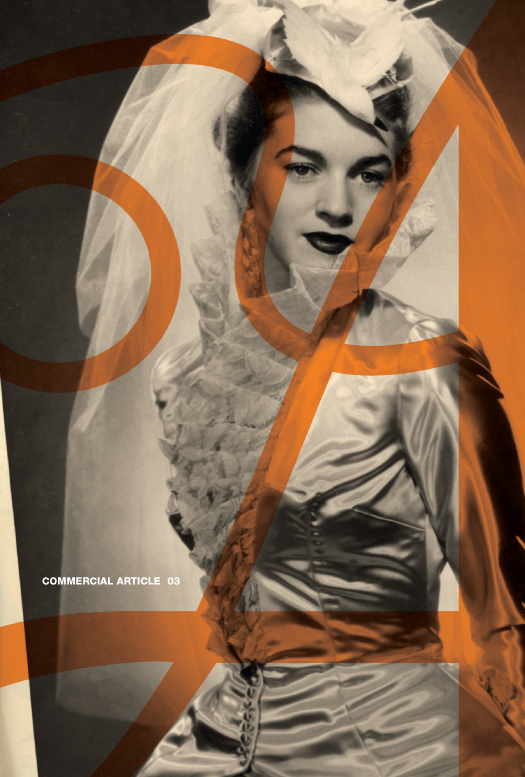Labels
- Architecture
- Art
- Politic
- Archaeology
- Music+video
- Wonder
- Architecture-Interior
- ENVIRONMENT
- Strange Architecture
- Design
- Ecology
- MYTH AND COINS
- Design Art
- Energy
- Travel
- Ethnic
- conspiracy
- POETRY
- Michael Balaroutsos Projects
- Short films
- Biography
- Guest Post
- Mystery
- Antropology
- CINEMA
- Criticism
- MATERIAL
- Naval Architecture
- SCIENCE
- Vestiario
- Astronomy
- Decoration
- 2012's Top Moments in Architecture
- Kristie.lewis
- MY CITY
- Maggazine
Pages
Thursday, October 28, 2010
Hanging Gardens, A Skyscraper of Astroturf and Steel - eVolo | Architecture Magazine
Hanging Gardens, A Skyscraper of Astroturf and Steel
BY: DANIELLE DEL SOL | OCTOBER - 27 - 2010
READ MORE...
Hanging Gardens, A Skyscraper of Astroturf and Steel - eVolo | Architecture Magazine
Designer Finds History, Publishes Book: Observatory: Design Observer
Andrew Blauvelt
Designer Finds History, Publishes Book

Front Cover of Commercial Article 03. Avriel the bride, wearing a dress of her own creation. Avriel’s wedding, featured in Life magazine, provided great advertising for her wedding planning business, but she soon moved on to another career
Back in the mid-1990s, during that part of my career devoted to design education, I had guest-edited a few issues on graphic design history for the journal Visible Language. With a rather self-conscious view of how history worked, it called for a more critical approach to the subject matter — a step beyond the kind of biographical hagiography that seemed to dominate the genre. With Philip B. Meggs’ tome in hand, conferences like Steven Heller’s Modernism and Eclecticism or R. Roger Remington’s confabs at RIT in the air and journals such as Design Issues in mind, it seemed like a natural moment to take stock of the burgeoning graphic design history movement that had begun in the 1980s. Although the thrust of the Visible Language project was to ask what a critical history might examine, in the end it was more interested in historiography than history — the process and the kinds of critical tools that could be brought to bear on subjects, rather the subjects themselves.
One of the early pioneers of writing smartly and historically about design was Frances Butler, who once remarked that the hard work of history is getting dirty in the garden — a metaphor for the kind of primary research on subjects that have not been previously addressed. While it seemed at the time that the formation of a canon in graphic design history was a potential problem, in retrospect the real antidote wasn’t only a bigger critical toolkit but also a little more crop diversity. After all, if the canon wasn’t big or inclusive enough then one should endeavor to expand it, not simply critique it. While putting together that project I had anticipated more submissions on new figures to the field of study. Unfortunately, that did not happen.
In 2007 I became involved with a project that profiled the life and work of designer Peter Seitz, a pioneering designer who helped shape the design profile and reputation of the Twin Cities. At the time, I knew this project would be of interest to me because it set about expanding the canon’s geographic diversity. What motivated my participation in that project was one that had been done a few years before by the Indianapolis-based studio,Commercial Artisan, on the lives of Midwest modernist designers, Gene and Jackie Lacy. James Sholly of Commercial Artisan had begun that project as a kind of labor of love, chronicling the legacy of someone close to him who had a profound effect on his local design scene.
READ MORE...
Designer Finds History, Publishes Book: Observatory: Design Observer
Subscribe to:
Posts (Atom)




